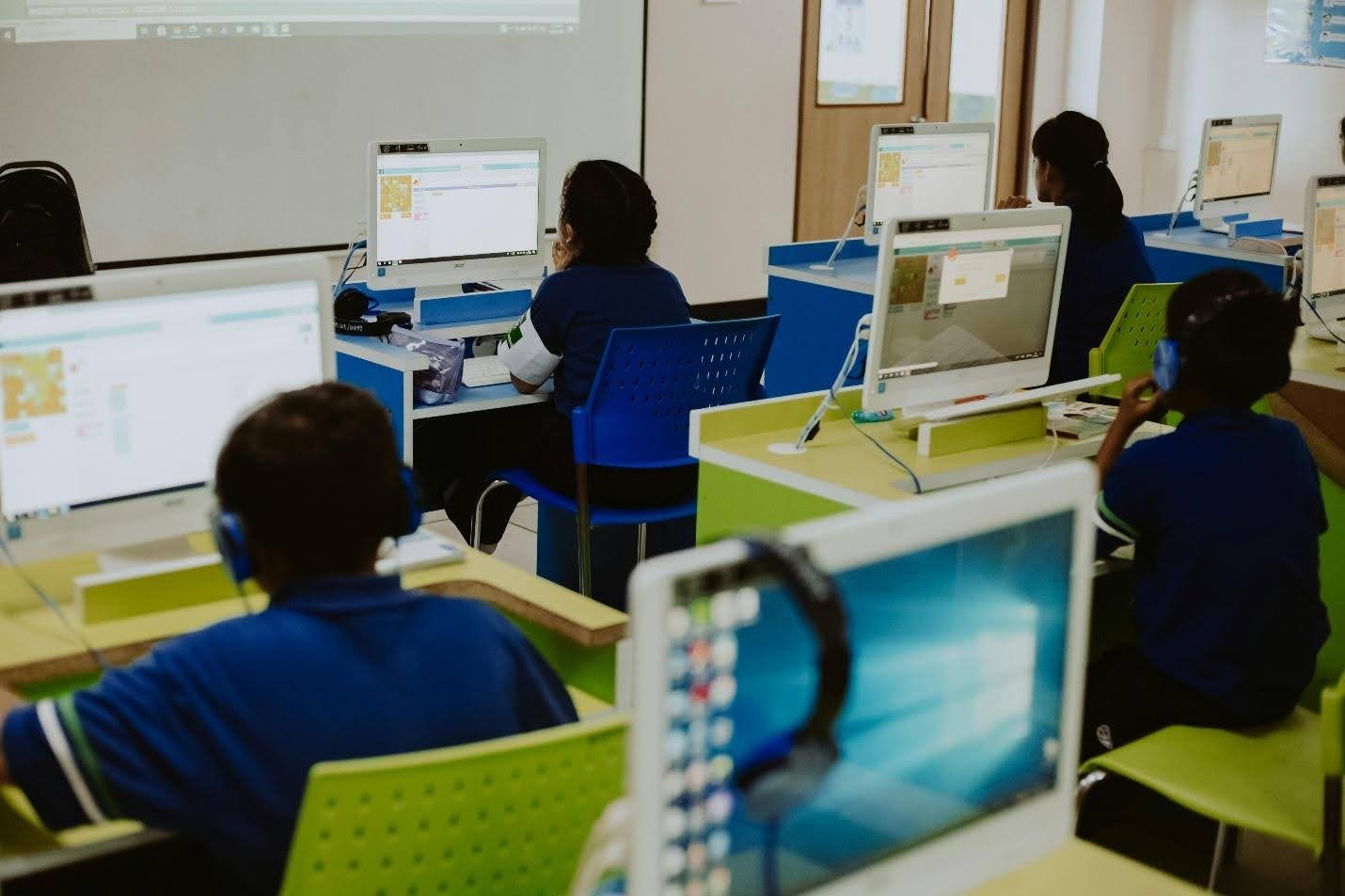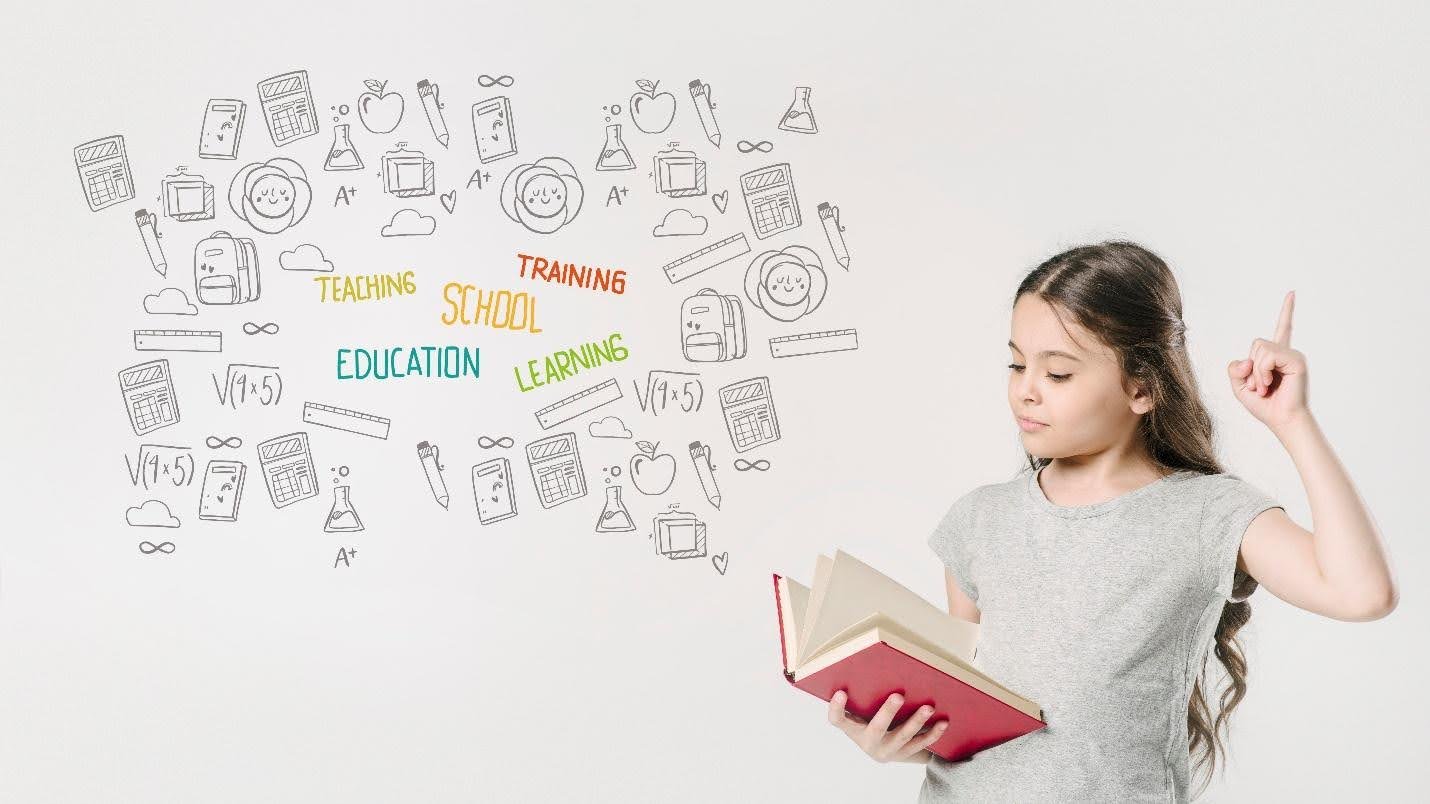Robotics in Schools: Shaping the Future of Education
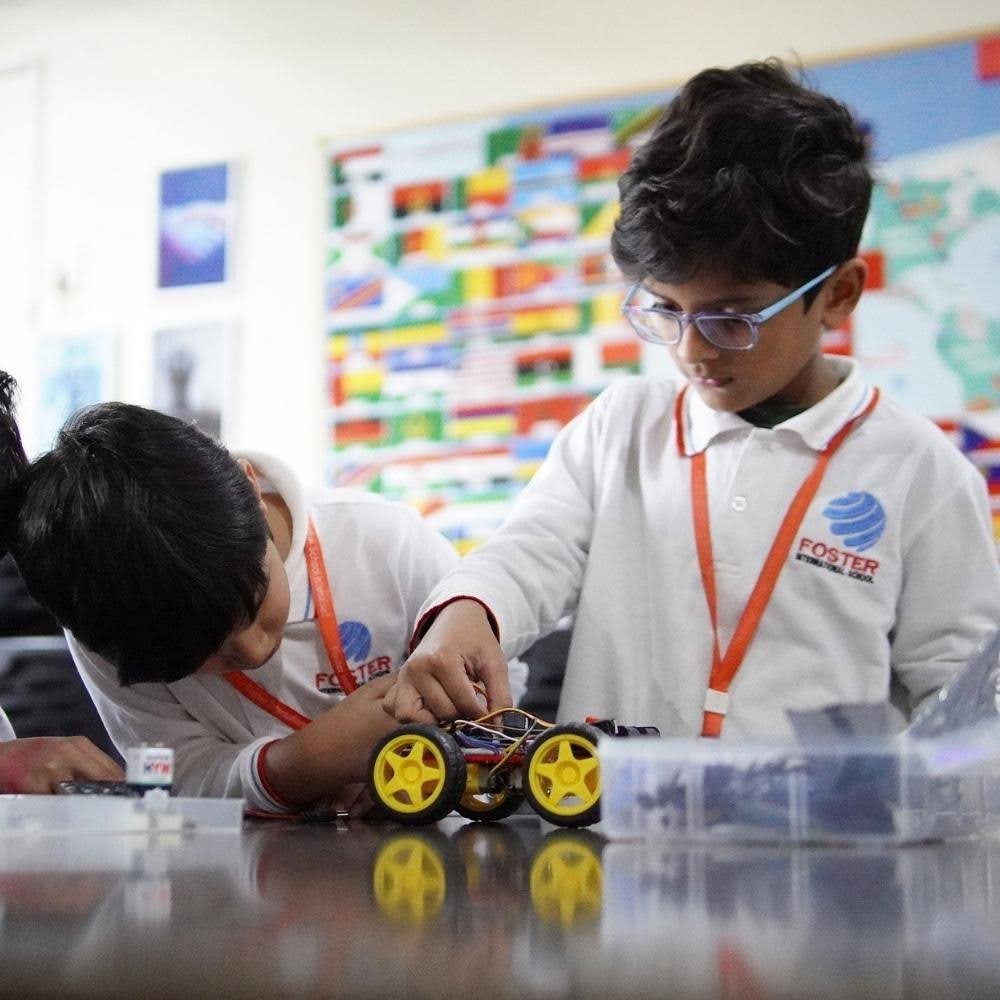
In the age of artificial intelligence and automation, robotics in schools is more than just a trend—it’s a strategic shift in education. By introducing robotics into classrooms, schools are not only making learning more interactive but also preparing students for the future of work. According to World Economic Forum, robotics teaches essential 21st-century skills such as problem-solving, critical thinking, and teamwork.
Table of Contents
ToggleWhy Robotics in Education Matters
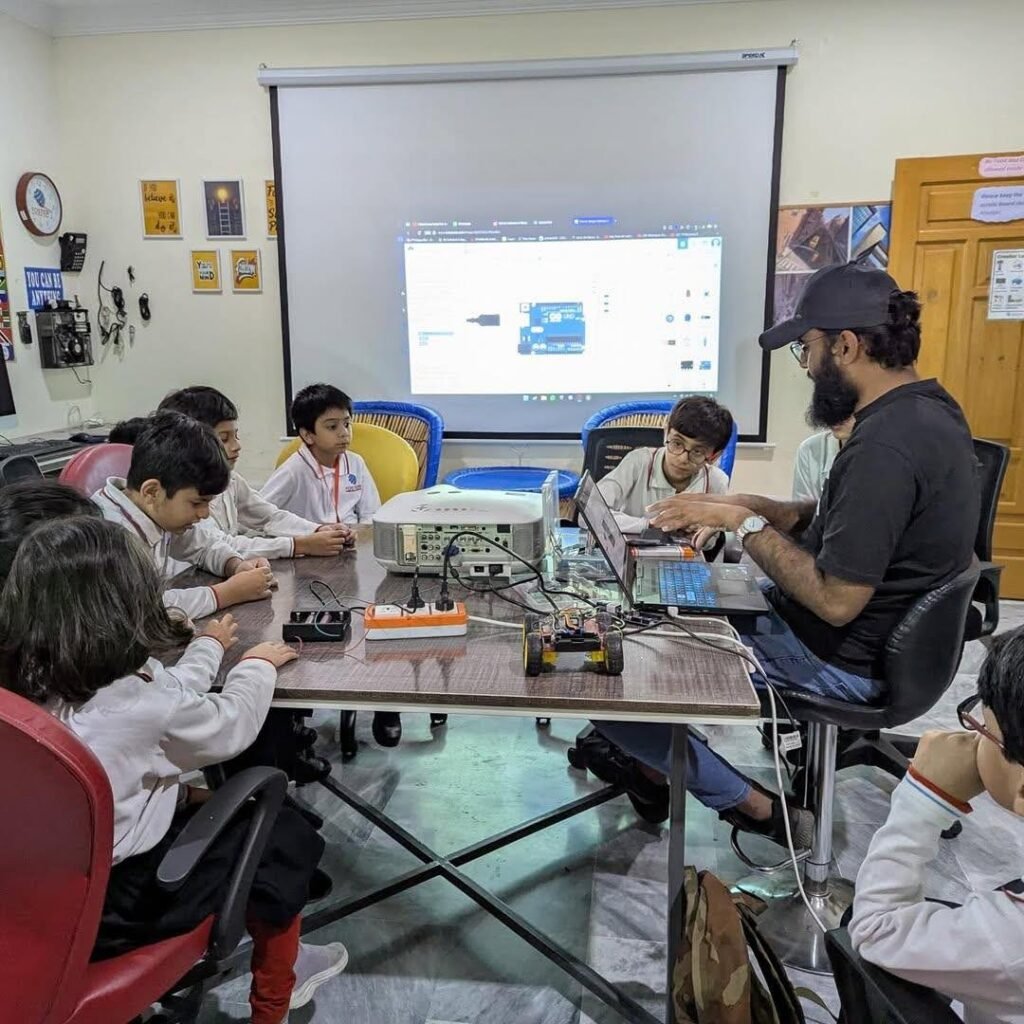
The traditional education system often struggles to keep up with rapid technological advancements. Integrating STEM (Science, Technology, Engineering, Mathematics) through robotics bridges this gap. It equips students with hands-on experience in building, programming, and debugging, which mirrors real-world tasks in industries like manufacturing, medicine, agriculture, and space exploration.
Key Benefits of Robotics in Schools
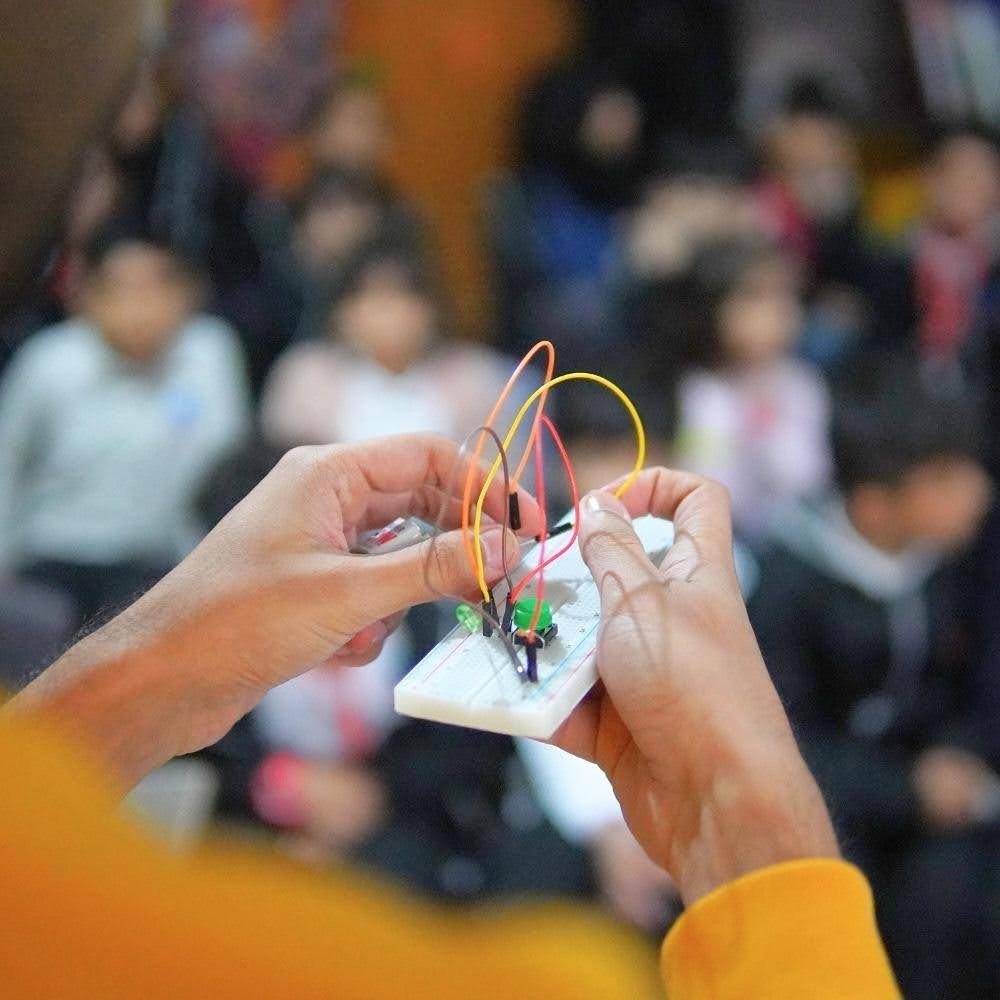
1. Enhances Problem-Solving Skills
Students learn how to break down complex challenges and find logical solutions. Robotics competitions, like FIRST Robotics, further enhance these skills.
2. Improves Coding and Programming Knowledge
Platforms such as LEGO Mindstorms and Arduino introduce kids to block-based and text-based programming in an engaging way.
3. Encourages Creativity and Innovation
Students aren’t just consumers of technology—they become creators. Designing their own robotic models encourages innovation.
4. Promotes Collaboration and Teamwork
Group robotics projects foster teamwork, communication, and leadership—key soft skills in any profession.
5. Supports Inclusive Learning
Robotics can be tailored to various learning styles and needs, making it ideal for neurodiverse or differently-abled students.
Popular Robotics Tools and Platforms
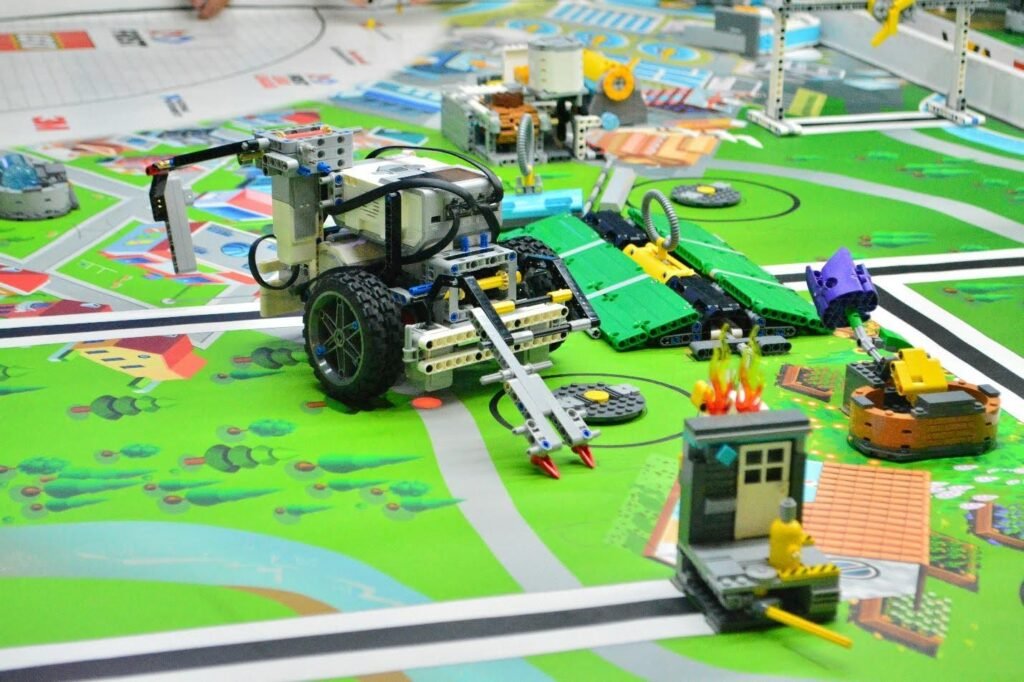
Some of the widely-used tools in educational robotics include:
Tool/Platform | Best For | Age Group |
Beginners, visual programming | 10–16 | |
Electronics and engineering | 12+ | |
Competitive robotics | 14+ | |
Advanced computing projects | 13+ | |
Coding and mechanical design | 8–14 |
These tools are designed to support project-based learning, which has been shown to improve retention and engagement.
How Schools Are Implementing Robotics Programs
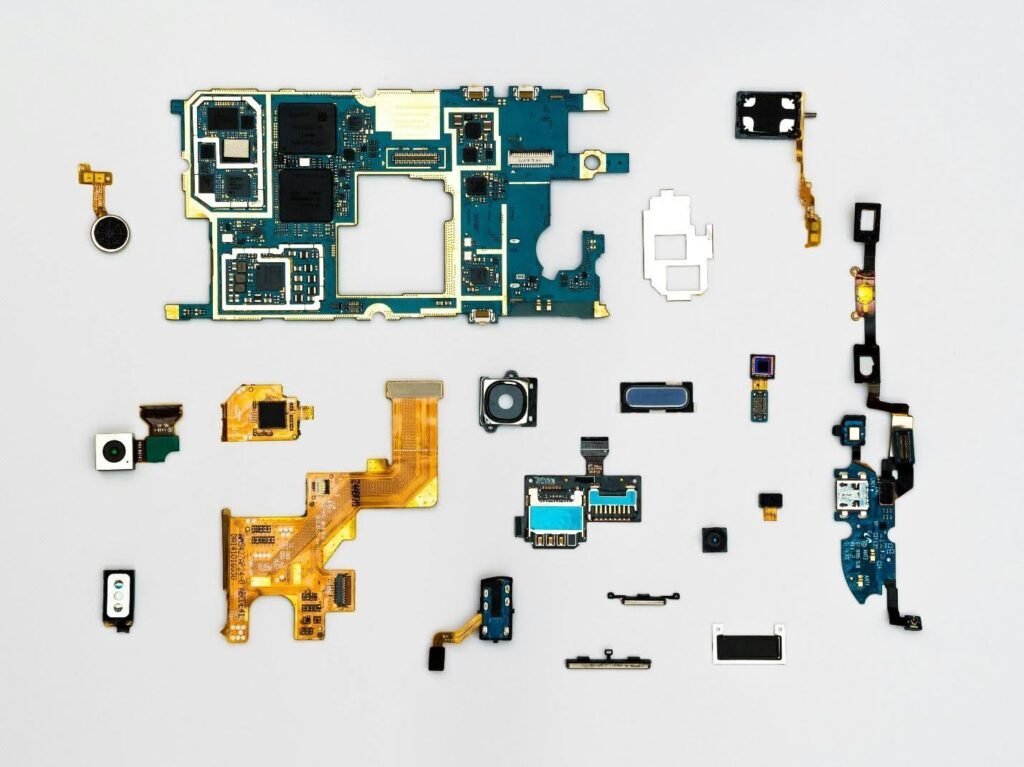
1. STEM Curriculum Integration
Forward-thinking schools are embedding robotics into science and computer science classes. Robotics isn’t a standalone course—it supports cross-disciplinary learning.
2. After-School Clubs and Competitions
Many schools offer robotics clubs that participate in competitions like RoboCup and World Robot Olympiad, sparking enthusiasm and practical learning.
3. Teacher Training and Development
Teacher training is critical. Initiatives like Code.org’s professional learning program offer excellent resources to prepare educators to teach robotics confidently.
4. Public-Private Partnerships
Programs like Google for Education and Microsoft MakeCode support schools with funding, tools, and training.
Challenges in Adopting Robotics Education
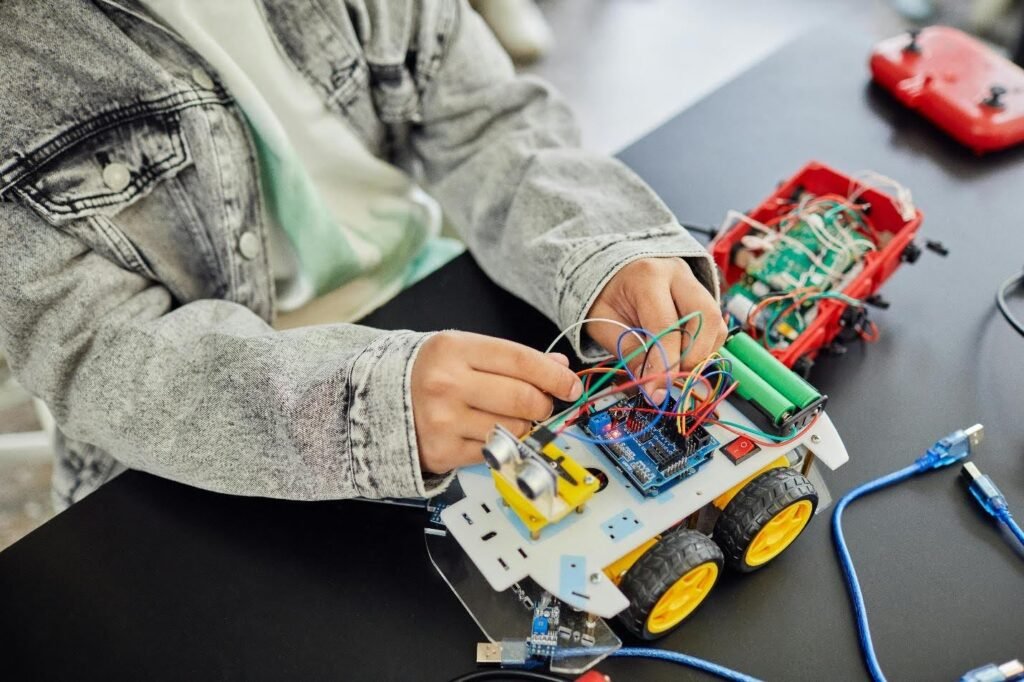
Despite its potential, robotics education faces several obstacles:
– High Costs: Robotics kits and lab setups can be expensive.
– Lack of Trained Educators: Many teachers lack the technical know-how to teach robotics effectively.
– Curriculum Gaps: Few standardized curriculums exist for robotics, making integration inconsistent.
– Infrastructure Issues: Especially in rural or underfunded schools, basic computer labs may be lacking.
Governments and NGOs need to bridge the digital divide to ensure robotics education reaches every child.
Future Outlook
As AI and robotics redefine jobs, introducing students to these technologies becomes non-negotiable. According to a McKinsey report, up to 375 million workers may need to switch occupations by 2030 due to automation.
Robotics in schools is a critical lever to help students:
– Build resilience and adaptability
– Understand how intelligent systems work
– Develop a lifelong interest in STEM fields
Future classrooms may blend robotics with augmented reality, machine learning, and even quantum computing.
Conclusion
Robotics in schools is not just about building machines—it’s about building minds. By making learning fun, practical, and future-ready, robotics can transform the education system. Whether it’s through STEM integration, extracurricular activities, or hands-on labs, introducing robotics now ensures students aren’t just ready for the future—they’re shaping it.
Explore Further:



